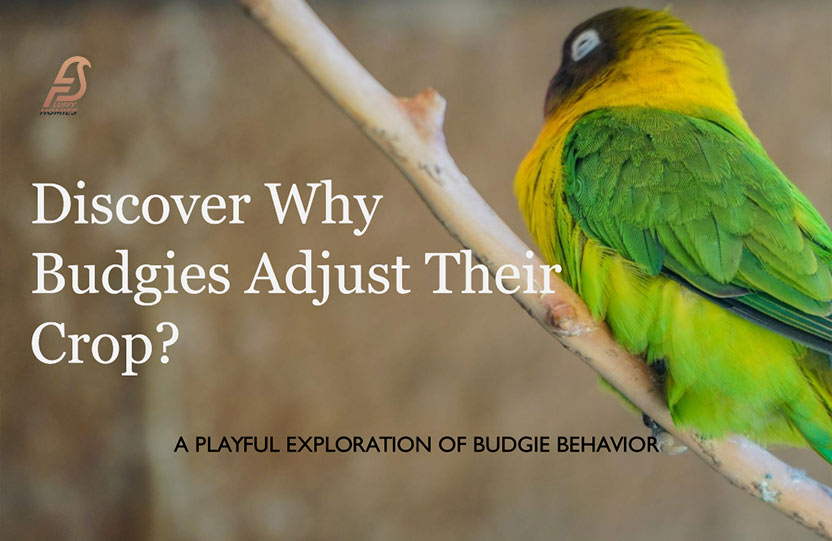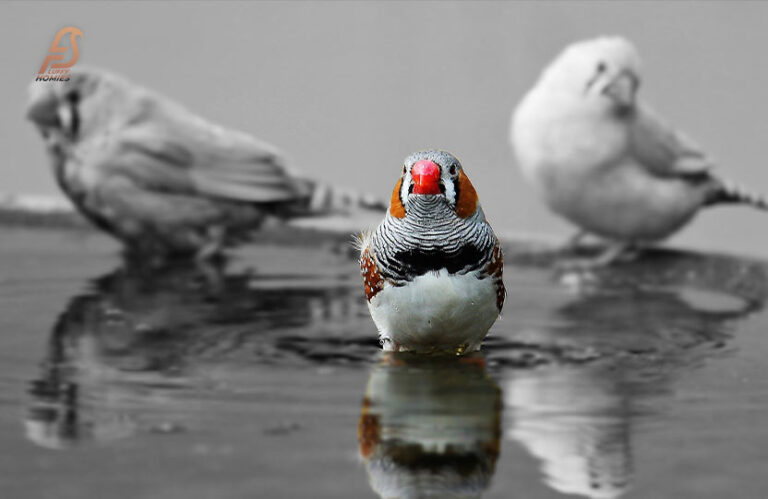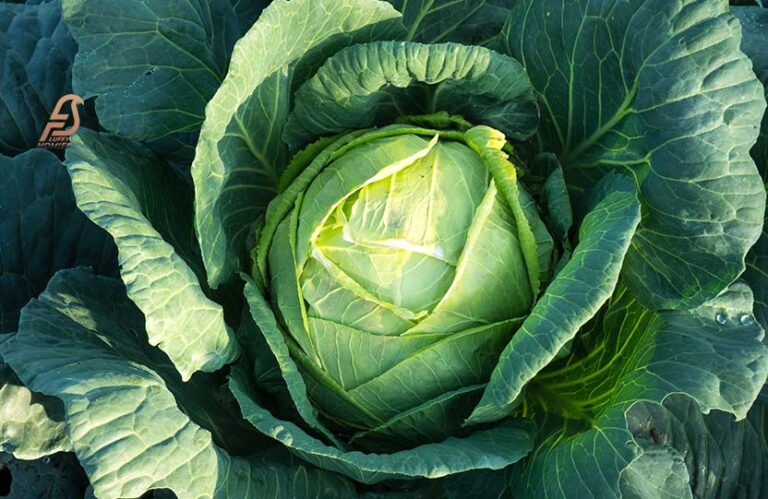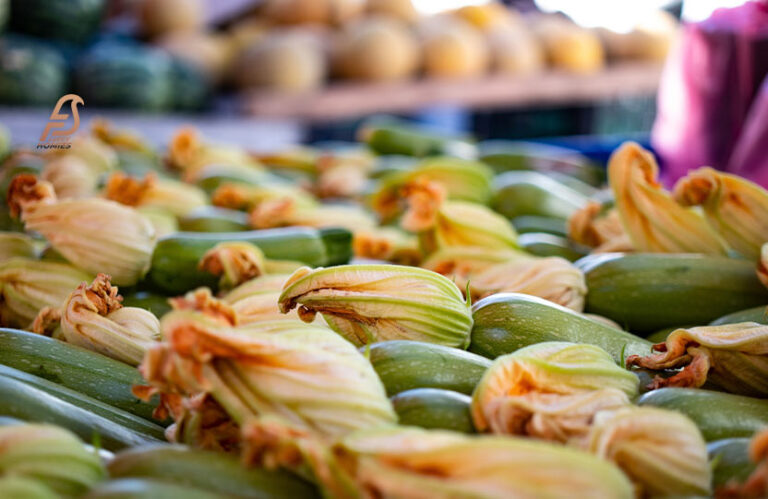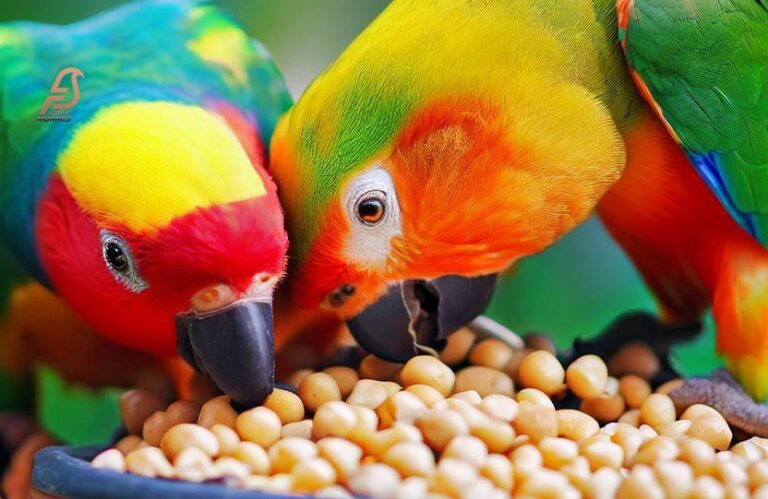Budgie Adjusting Crop: Everything You Needs To Know (2024)
Step into the captivating world of budgies, where these endearing little avians enchant us with their vivid plumage and fun-filled antics. They show different types of movements for the understandings of their owners such as budgies talking in sleep.
As people who are passionate about birds, knowing the distinct elements involved in budgie care is vital, and one vital aspect is their crop health.
In this article, we’ll delve into the incredible behavior of budgies adjusting their crop. We’ll also explore the significance of crop health and its impact on their general welfare.
Now let’s start the journey.
What is a Crop in Budgies?
Understanding the Crop
The crop is a specialized pouch-like structure located in a bird’s esophagus, specifically designed to temporarily store and soften food before it enters the stomach.
This adaptive feature allows birds like budgies to consume food quickly and then retreat to a safe location to digest it more thoroughly.
Its Role in the Digestive Process
During a budgie’s mealtime, the nourishment moves down its throat and enters the crop, where it gets stored for additional digestion.
Budgies enabled them to consume a considerable quantity of food rapidly. Surviving in the wild and adapting to diverse environmental conditions are made possible by it.
Later, as the bird rests or goes about its daily activities, the food in the crop is gradually released into the stomach for further digestion and in some bad cases budgies won’t drink water or food due to unhealthy crop..
Why Does My Bird Keep Adjusting His Crop?
For individuals who are unfamiliar with avian physiology, a budgie’s anatomy relies on the crop as an important part.
The crop is a sac-like structure located near the bird’s throat that plays a crucial role in the digestion process. When your budgie adjusts its crop, it can be both endearing and mystifying.
At the base of the throat, there exists a specialized pouch. As a temporary storage facility for ingested food, this extraordinary structure performs its functions before it journeys down the digestive system.
Exploring various factors that lead to these vibrant creatures taking action helps in understanding why they make crop adjustments and learn that are budgies sickness and show some other behavior.
Why Do Budgies Adjust Their Crop?
Sometimes budgies die suddenly and their owners don’t know what are the reasons behind this. This is the same case in budgie adjusting their crop due to following reasons:
Regulating Food Intake
To regulate their food intake, budgies often adjust their crop. Budgies in the wild commonly face alternating periods of abundance and shortage depending on the availability of food.
Depending on food availability in times of surplus, they can eat beyond their immediate requirements due to their aptitude for adjusting the crop. They can save the excess for later consumption.
If you notice your pet budgie adjusting its crop, it could be altering the quantity of food stored internally. Budgies can eat earthworms but some other worms makes them sick.
This behavior helps them maintain an optimal food reserve, ensuring they have enough energy to sustain themselves even when food sources become scarce.
Temperature Regulation
The crop adjustment in budgies also serves an important purpose of temperature regulation. Warm-blooded animals include budgies, their survival depends on the maintenance of their body temperature.
Budgies have a remarkable adaptation to chilly weather: they can manipulate their crop so that the food moves towards their core and takes advantage of the heat produced during digestion.
In contrast, when experiencing high temperatures, budgies could potentially crack their crop slightly to disperse excessive heat and safeguard against overheating.
By regulating their body temperature, budgies demonstrate exceptional adaptability that enables them to succeed in various climates and environments.

Facilitating Digestion
Budgies adjust their crop to facilitate the digestion process. When they consume large seeds or chunks of food, it needs to be broken down into smaller, digestible particles.
By adjusting their crop, budgies can manipulate the food’s position, allowing it to mix with digestive enzymes effectively.
The crop’s muscular walls contract and massage the food, aiding the digestion process and ensuring that the nutrients are efficiently absorbed.
This sophisticated digestive adaptation has evolved in budgies over time, making them well-equipped to handle a variety of food types.
Sign of Good Health
In many cases, a budgie adjusting its crop is a positive sign of good health. A well-functioning crop indicates that the bird is consuming an appropriate diet and is capable of processing the food efficiently.
If you notice your pet budgie frequently adjusting its crop and appearing active and energetic, it is likely in good health.
However, if you observe any unusual crop adjustments, such as constant regurgitation, bloating, or signs of discomfort, it may indicate an underlying health issue.
In such cases, it’s crucial to seek advice from an avian veterinarian to ensure your budgie receives appropriate care and treatment.
Stress and Crop Adjustment
While crop adjustment is generally a natural and healthy behavior, excessive or persistent crop manipulation can be a sign of stress in budgies.
Stress can be triggered by various factors, such as changes in the environment, new additions to their surroundings, or lack of mental stimulation.
If you notice your budgie repeatedly adjusting its crop, coupled with other signs of stress like feather plucking, vocal changes, or decreased appetite, it’s essential to identify and address the root cause of the stress.
Providing a comfortable and enriching environment for your budgie can significantly reduce stress and promote overall well-being.
Bonding and Social Behavior
In a flock or group setting, budgies such as albino budgies display crop adjustment as part of their social behavior. It is not uncommon to see budgies regurgitating food to feed their mates or young chicks.
This nurturing behavior strengthens the bonds between flock members and ensures the survival of their offspring.
In a domestic setting, budgies may also exhibit similar behavior towards their human caretakers, as they perceive them as part of their flock.
While some may find this behavior endearing, it’s essential to understand the instincts behind it and respond accordingly to maintain a healthy relationship with your pet budgie.
How Do You Know If Your Bird Has a Crop Infection?
Being alert and mindful of their actions and any possible indicators of health issues is necessary.
The crop’s initial signs of infection manifest in the way the crop looks. Be watchful for any atypical puffiness or modifications in the form of the crop.
Should you observe any atypical lumps or bumps in the neck region or budgies getting overweight, it might signal potential problems.
Changes in your budgie’s eating habits are another important indicator to observe. An abrupt decline in hunger or an unwillingness to consume their beloved delicacies might suggest that something isn’t quite normal.
Furthermore, carefully observe any occurrences of regurgitation or emesis, as these could be red flags for a crop infection.
What Is Crop Impaction in Budgies?
As devoted budgie enthusiasts, our sole desire is to ensure that our feathery friends receive top-notch treatment.
Nonetheless, regardless of our sincere commitment, sometimes, they may confront health setbacks. Crop impaction is a commonly encountered problem.
Imagine This Scenario
You notice your budgie acting unusually quiet and not showing much interest in their usual playful activities.
In addition, it’s troubling to you that their feces seem almost non-existent or very scarce, causing you distress. Might this potentially be classified as a case of situation involving crop obstruction?
In instances of crop impaction when the crop becomes blocked, thus preventing food from smoothly passing through the digestive system.
Multiple factors contribute to this for this situation to arise. A possible reason could be consuming food particles that are difficult to digest or are too big.
The budgie might encounter seeds or pellets that are too big to be crushed. Another reason could be the accumulation of hair or feathers in the crop, leading to an obstruction.
Identify the clear indications of crop impaction
Stay alert for warning signs such as difficulty when swallowing, a decreased frequency of droppings, or even constipation, plus any observations of discomfort and lack of energy.
If any of these signals become apparent, ensuring immediate veterinary assistance is vital to guarantee the best potential outcome for your budgie.
Solution
As caring budgie parents, it is possible for us to proactively protect our budgies from experiencing crop impaction.
Providing a balanced diet that includes a variety of bird-safe fruits, vegetables, and pellets proves advantageous to ensure our budgies consume appropriate portions that can be smoothly digested.
This holds great importance for their general health and welfare. Moreover, consistently maintaining the appearance of our avian companions can reduce the chances of them ingesting excessive feathers.
What Is Crop Stasis in Budgies?
As we dive deeper into the realm of budgie well-being, let’s investigate another potential problem related to the crop that can influence our bird companions. The name given to this problem is crop stasis.
Imagine this scenario
Your budgie seems to be eating fine, you observe that their crop is not emptying properly after each feeding.
In addition, it is possible to detect an offensive smell emitting from their mouth. Could this develop into a scenario characterized by crop stasis?
Delayed crop emptying, which is another term for crop stasis, takes place when the crop is unable to empty correctly, leading to food remaining stagnant for an extended period.
It is worrisome that this condition exists because it might lead to physical discomfort for our bird buddies and potentially cause various health problems.
Identify crop stasis
Stay alert for symptoms including slow crop emptying, regurgitation, and weight reduction accompanied by indications of dehydration.
For diligent caretakers, getting expert guidance from an avian vet is vital if you suspect crop stasis in your budgie.
By being responsible owners of budgies, we can actively prevent crop stasis. One way to support proper crop function is by offering our feathery pals a balanced diet with appropriate portion sizes and making sure they always have fresh water available.
Furthermore, participating in frequent physical activity and offering an interesting setting can additionally boost their general health and well-being.
Moreover, ensuring a clean and peaceful surrounding likewise aids in supporting their general digestive health.
Preventive Measures for Crop Health in Budgies
A Well-Balanced Diet for Happy Crop
When it comes to keeping our feathered friends in top-notch condition, a well-balanced diet is a key ingredient! Just like us, budgies thrive on a diverse and nutritious menu.
Providing them with a variety of bird-safe fruits, vegetables, and high-quality pellets ensures they receive all the essential nutrients for maintaining a healthy crop and overall digestive system.
So, the next time you’re at the grocery store, consider picking up some colorful treats to add excitement to your budgie’s daily dining experience!
Hydration – Keeping Their Spirits High
Water, the elixir of life, is just as important to budgies as it is to us. Ensuring your budgie has access to clean, fresh water at all times is crucial for their well-being.
Keep a watchful eye on their drinking habits, and if you notice any changes, reach out to your avian veterinarian. Remember, staying hydrated keeps their spirits high and their crop functioning smoothly!
Primp and Pamper – Grooming Matters
Grooming is not just about looking good; it’s an essential aspect of preventing crop issues in budgies.
Regularly grooming your feathered friend helps reduce the chances of them ingesting excessive feathers, which could lead to crop impaction. Plus, it’s a fantastic opportunity to bond with your budgie and make them feel primped and pampered!
A Clean Home for a Happy Crop
Just like how we appreciate a clean and tidy living space, budgies do too! Maintaining a clean and hygienic environment for your budgie is essential for their overall well-being.
Regularly clean their cage and food dishes, and ensure they have a safe and stress-free living space. A comfortable and clean environment can help prevent any potential health issues, including crop-related concerns.
Conclusion — Why Do Budgies Adjust Their Crop?
Exploring the reasons behind budgies adjusting their crop grants us valuable insights into their intriguing behavior and physiology.
From lovingly consuming food to realising how crucial the crop is to them in their digestion. The unique qualities of budgies never fail to captivate us.
Furthermore, by being aware of potential crop health problems like infections, impactions, and stasis, we can take preventative action to take care of our feathered friends. Frequent visits to the veterinarian and careful observation can have a significant impact on their general health.
As you continue on this wonderful journey with your cherished budgie. Remember to lavish them with affection, consideration, and the best care possible.
You have an amazing bond with your budgie that is filled with laughter, joy, and priceless memories that will last a lifetime.
FAQ — Why Do Budgies Adjust Their Crop?
How often do budgies adjust their crop?
Budgies might adjust their crop multiple times throughout the day, depending on their feeding habits and the availability of food.
How do you know when a bird’s crop is full?
You can tell when a bird’s crop is full by observing its swollen throat area, which indicates that it has consumed a sufficient amount of food and its digestive system is temporarily storing the excess.
Why is my budgies crop swollen?
Your budgie’s crop may be swollen due to overeating, drinking excessively, or a potential health issue. It’s essential to monitor its behavior closely and consult a veterinarian if the swelling persists or if you notice any other concerning symptoms.
